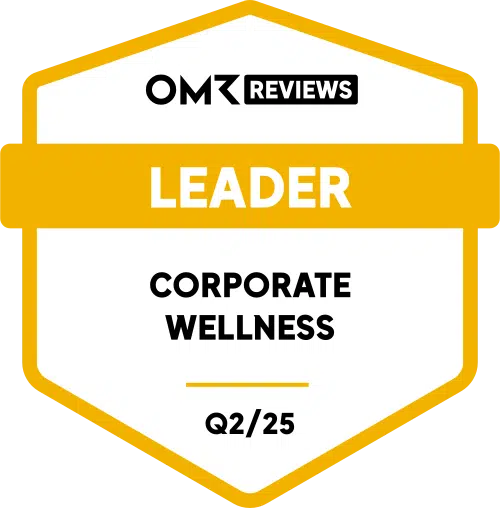The word metabolism comes up again and again, often when describing health phenomena and especially often when it comes to losing weight. Yet many people don’t even know what exactly metabolism is or mistakenly equate it with digestion. In this article, we will explain to you what metabolism really means.
The body is constantly being built up, broken down and remodeled
Our body is subject to a wide variety of building, breaking down and remodeling processes. Old cells are constantly sorted out and new ones are formed, depending on the life span of the cell type. For example, after about eight days the surface of the lung is once completely replaced, while it takes about 10 years until a completely new skeleton sustains us. These processes are just one example of the work of our metabolism.
Metabolism is the basis of all biochemical and vital processes in our body, in which substances are transformed. However, digestion is not the same as metabolism, but rather a prerequisite for the following metabolic processes in the body. During digestion, food components such as carbohydrates, proteins or fats are broken down into their constituent parts. These molecules are then absorbed in the intestine, transported via the bloodstream to the required location in the body, and then further processed, i.e. metabolized.
Metabolism is primarily controlled by hormones, enzymes and the nervous system. It is also subject to various influencing factors such as genetics and age. In the following section, you will learn into which areas the metabolism is differentiated.
Anabolism & Catabolism
Basically, metabolism can be divided into two different directions of transformation. In anabolism, for example, molecules obtained from food are used to build up new endogenous substances. For example, proteins are split into their smallest building blocks, amino acids, to subsequently build vital enzymes from them.
The counterpart to anabolism is catabolism. This refers to all processes in which complex molecules are broken down, usually to obtain energy from them or to subsequently build them up into new substances in anabolic processes. The most important catabolic metabolic process is energy production. This involves the conversion of carbohydrate-derived simple sugars such as glucose into energy. So some person the here associated key words of these still from the school might appear familiar: Cellular respiration, glycolysis, citrate cycle and respiratory chain.
So we can state: In anabolism, new substances are built up; in catabolism, molecules are broken down.
Energy and building metabolism
Another distinction can be made between energy and building metabolism. Here, energy metabolism includes part of the catabolic processes in which simple sugars from carbohydrates are converted into energy usable by the body. In addition, when excess energy is supplied, glycogen is built from these molecules, which is stored in the liver and muscles as an energy store for lean times.
In contrast, building metabolism revolves around the breakdown and removal of old or damaged cells, the removal of toxins and waste, and the formation of hormones, enzymes or antibodies.
In addition to these two broad distinctions, metabolism can be further divided into carbohydrate, protein, fat or mineral metabolism. If you are interested in this topic, you can find more information on the web or in relevant magazines and books.




